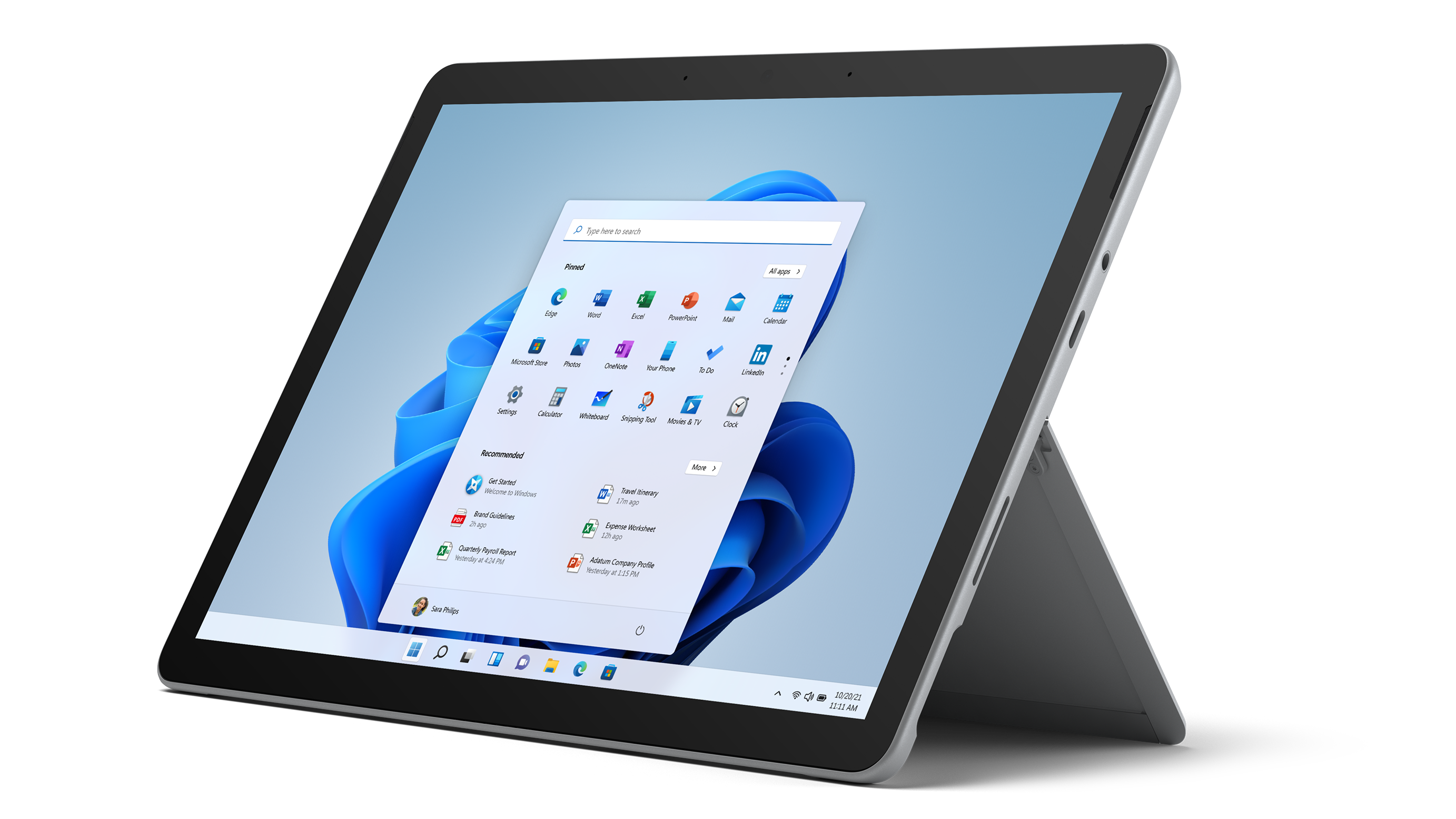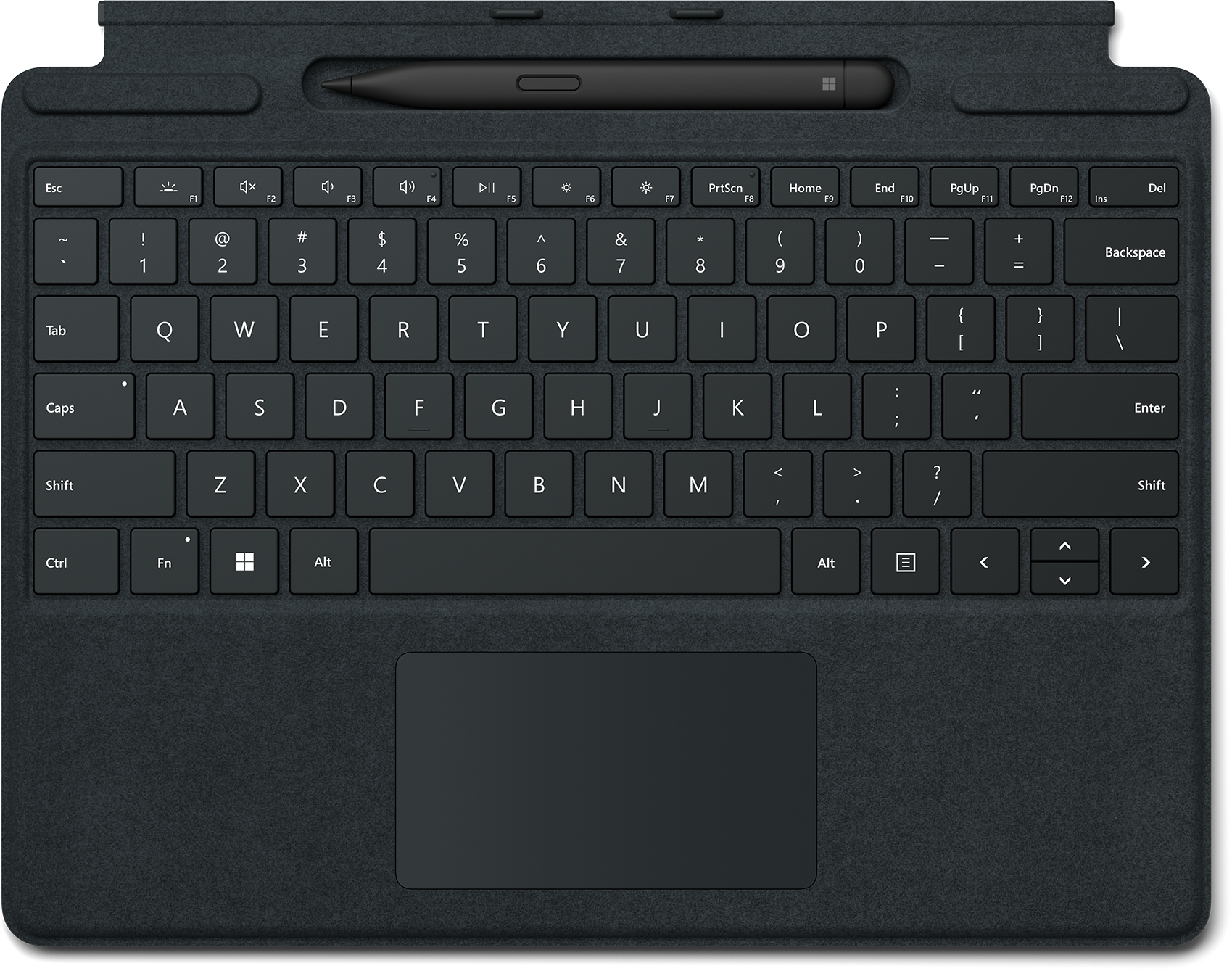Apple iPhone 15 and iPhone 14
Evolution Meets Innovation:
With every new iPhone release, Apple continues to captivate the tech world's attention, consistently pushing the envelope of mobile technology. In this comprehensive comparison, we'll explore the Apple iPhone 15 and iPhone 14 in greater detail, dissecting their key features, design elements, performance metrics, camera prowess, and more. Let's dive into a thorough analysis to help you make an informed decision.
Design and Build
The design and build of the iPhone 15 and iPhone 14 retain Apple's hallmark aesthetics while presenting subtle distinctions. The iPhone 15, for instance, showcases a marginally slimmer profile and introduces a ceramic back panel, which not only elevates its tactile experience but also enhances its overall durability when compared to the iPhone 14's glass back. Both models, however, remain available in a diverse range of colors, allowing users to cater to their individual style preferences.
Display
In the realm of displays, Apple has made commendable strides in both models. The iPhone 15 boasts a 6.5-inch Super Retina XDR Pro display, equipped with ProMotion technology that imparts a silky-smooth and highly responsive experience through its impressive 120Hz refresh rate. In contrast, the iPhone 14 incorporates a 6.1-inch Super Retina XDR display with a 90Hz refresh rate. While the iPhone 14 offers a high-quality visual experience, the iPhone 15 takes it a step further, delivering sharper, crisper visuals that significantly enhance media consumption, gaming, and overall user immersion.
Performance
Beneath their sleek exteriors, both iPhones showcase exceptional performance capabilities, but the iPhone 15 edges ahead with its cutting-edge hardware. It houses the formidable A16 Bionic chip, which not only ensures lightning-fast processing speeds but also excels in energy efficiency. On the other hand, the iPhone 14 relies on the A15 Bionic chip, which, while highly competent, falls just short of the iPhone 15's prowess. Whether it's multitasking, gaming, or swift app launches, the iPhone 15 consistently provides a noticeably smoother and more responsive user experience.
Camera Capabilities
Apple has been a trailblazer in smartphone photography, and both the iPhone 15 and iPhone 14 uphold this legacy with their remarkable camera systems. The iPhone 15 boasts a triple-lens camera setup that excels in low-light photography and incorporates advanced AI-driven features for unparalleled results. With its 48MP primary sensor, the iPhone 15 captures astonishing levels of detail. In comparison, the iPhone 14's 12MP main sensor still delivers exceptional performance, but it can't quite match the photographic prowess of its successor.
Battery Life
Unquestionably, battery life plays a pivotal role in determining a smartphone's usability. Here, the iPhone 15 emerges as the frontrunner, thanks to its more enduring battery life, attributed in part to the efficiency improvements in the A16 Bionic chip. With the iPhone 15, you can expect a full day of uninterrupted use even under heavy workloads. In contrast, the iPhone 14 may require a mid-day recharge for users who demand intensive usage.
Software and Features
Both iPhones operate on iOS 16, providing a seamless and secure user experience that has become synonymous with Apple devices. Nevertheless, the iPhone 15 enjoys exclusive software enhancements tailored to leverage its advanced hardware. This includes augmented reality (AR) features that are more sophisticated and privacy functionalities that are further enhanced for user peace of mind.
Price
As anticipated, the iPhone 15 comes with a premium price tag compared to the iPhone 14. The latest flagship from Apple represents a significant investment, while the iPhone 14 offers a more budget-friendly alternative, making it an attractive choice for users who seek a balance between features and affordability.
In the battle between the iPhone 15 and iPhone 14, Apple continues to showcase its relentless commitment to innovation. The iPhone 15 unquestionably shines in several key areas, including display quality, performance, camera capabilities, and battery life. However, the iPhone 14 remains a formidable contender, offering an enticing option for users who don't necessitate the very latest features and are mindful of their budget.
Ultimately, your choice between these two exceptional devices will hinge on your individual priorities and financial considerations. Whether you gravitate towards the iPhone 15's state-of-the-art technology or the iPhone 14's blend of features and cost-effectiveness, both models promise an outstanding Apple experience that's second to none.
The Apple iPhone 15 incorporates AI (Artificial Intelligence) in various aspects to enhance user experiences and device functionality. Here are some ways in which the iPhone 15 leverages AI:
Photography and Camera Enhancements: The iPhone 15's camera system uses AI to improve photo and video quality. It employs computational photography techniques to optimize settings like exposure, white balance, and focus in real-time. Additionally, AI-driven features, such as Smart HDR and Night mode, enhance low-light photography and dynamic range.
Deep Fusion and ProRAW: AI-driven Deep Fusion technology combines multiple exposures to create a single, highly detailed image. The iPhone 15 also supports ProRAW, which allows photographers to capture and edit images in a professional RAW format, giving them greater control over their shots.
Face ID: The iPhone 15 continues to use Face ID, which relies on AI algorithms for facial recognition. It adapts to changes in your appearance over time, making it more accurate and secure.
Siri: Apple's virtual assistant, Siri, is powered by AI and is an integral part of the iPhone 15. Siri can assist with a wide range of tasks, from setting reminders and answering questions to controlling smart home devices.
Performance Optimization: The A16 Bionic chip in the iPhone 15 features AI accelerators that help improve overall device performance. AI is used to efficiently allocate resources, manage power consumption, and enhance the device's responsiveness.
Augmented Reality (AR): The iPhone 15 uses AI to enhance AR experiences. ARKit, Apple's AR development platform, benefits from AI to accurately track the physical world and overlay virtual objects seamlessly.
Language Processing: AI-driven Natural Language Processing (NLP) is used in various apps, including messaging and voice-to-text functions. It helps the iPhone understand and interpret spoken and written language, enabling features like predictive text and voice recognition.
Privacy and Security: AI plays a crucial role in device security and privacy. The iPhone 15 uses AI algorithms to identify potential security threats and protect user data.
Health and Fitness: The iPhone 15's health and fitness features benefit from AI-driven algorithms for tracking and analyzing data. It can provide insights into activity levels, sleep patterns, and more.
Recommendations and Personalization: AI is used to provide personalized recommendations, such as app suggestions, news, and content based on your usage patterns and preferences.
In summary, the iPhone 15 integrates AI across its hardware and software to deliver a smarter and more efficient user experience, from photography enhancements and voice recognition to performance optimization and personalized recommendations. These AI-driven features make the device more intuitive, secure, and capable of adapting to users' needs and preferences.
The Apple iPhone 15: Benchmarking Against the Competition
In an ever-evolving smartphone landscape, the release of the Apple iPhone 15 marks another significant stride in mobile technology. With competitors consistently pushing boundaries and introducing innovative features, it's essential to assess how the iPhone 15 stacks up against its Android counterparts, such as the latest Samsung Galaxy, Google Pixel, and OnePlus models. In this comprehensive argument, we'll examine various aspects to gauge the iPhone 15's competitive edge.
1. Design and Build Quality:
The iPhone 15 maintains Apple's iconic design language, emphasizing premium materials and craftsmanship. However, Android counterparts like the Samsung Galaxy and Google Pixel also offer striking designs with durable builds, often featuring robust materials such as Gorilla Glass and aluminum frames. OnePlus, known for its sleek designs, adds another dimension to the competition. While subjective, the iPhone 15's design continues to be a formidable contender, but it's not alone in offering premium aesthetics.
2. Display Technology:
The iPhone 15's Super Retina XDR Pro display with ProMotion technology boasts a silky-smooth 120Hz refresh rate, enhancing the overall user experience. Samsung's Galaxy flagship phones, like the Galaxy S series and the Note series, frequently offer equally impressive displays with high refresh rates and vibrant OLED panels. Google's Pixel devices, although not reaching the same refresh rate, excel in color accuracy and HDR capabilities. OnePlus, too, is known for its fast-refreshing AMOLED screens. The iPhone 15's display is undoubtedly remarkable, but it faces tough competition in the Android camp.
3. Performance:
The iPhone 15's A16 Bionic chip propels it to the top of the performance ladder, offering snappy responsiveness and efficient multitasking. However, Android flagship phones powered by Qualcomm Snapdragon processors, Samsung's Exynos chips, or Google's Tensor SoC are no slouches either. Many Android devices deliver blistering performance, matching and sometimes surpassing the iPhone 15's capabilities. It's a competitive arena where the iPhone 15 faces worthy adversaries.
4. Camera Systems:
The iPhone 15's camera system, bolstered by AI enhancements, provides excellent photographic results, especially in low-light conditions. Yet, Android competitors like the Google Pixel series are renowned for their computational photography prowess and Night Sight capabilities. Samsung's Galaxy devices offer versatile camera setups with impressive zoom capabilities and video recording features. OnePlus, too, continually refines its camera technology. While the iPhone 15 excels in photography, it must contend with Android devices that also offer compelling camera experiences.
5. Battery Life:
Apple has made commendable improvements in battery life with the iPhone 15, but Android manufacturers have been pushing the envelope in this area as well. Devices like the Samsung Galaxy Note series and Google Pixel 6 often boast large batteries and power-efficient software optimizations. OnePlus, known for its fast-charging technology, ensures users stay powered up throughout the day. The iPhone 15's battery life is competitive, but it's not unchallenged in the Android ecosystem.
6. Ecosystem and Ecosystem Integration:
Apple's ecosystem, including the seamless integration with other Apple devices and services, is a significant selling point for the iPhone 15. However, Android manufacturers like Samsung and Google also offer ecosystem integration, albeit within the Android ecosystem. Google's Pixel phones provide seamless integration with Google services, while Samsung's Galaxy devices integrate well with the Samsung ecosystem and third-party Android apps. OnePlus devices may not have an extensive ecosystem, but they offer a clean, near-stock Android experience. The iPhone 15's ecosystem advantages are strong but not without competition.
The Apple iPhone 15 is undoubtedly a flagship smartphone that excels in various aspects, from design and performance to camera capabilities and ecosystem integration. However, it operates within a fiercely competitive landscape where Android counterparts from Samsung, Google, and OnePlus continuously innovate and challenge the status quo. While the iPhone 15 maintains its position as a top-tier device, it's essential to recognize that other smartphones in the Android ecosystem offer compelling features and experiences that cater to diverse user preferences. Ultimately, the choice between the iPhone 15 and its Android competitors comes down to individual priorities and brand preferences, and the smartphone market benefits from this healthy competition, driving innovation forward for consumers worldwide.


